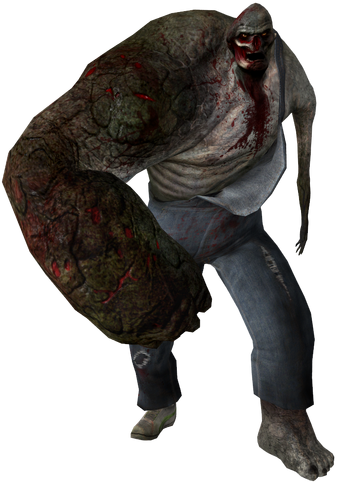The Unseen Hand: How Left 4 Dead 2's Director AI Revolutionized Dynamic Gameplay I'll never forget my first time playing "Dead Center" in Left 4 Dead 2.

I'll never forget my first time playing "Dead Center" in Left 4 Dead 2. The mall atrium seemed deceptively calm, almost… normal. We cleared a few zombies, scavenged some ammo, and started to feel a little too confident. Then, without warning, the horde descended. Not just a trickle, but a roaring wave of undead flesh, seemingly erupting from every corner of the mall. Medkits that were there seconds ago vanished. And then bam, a Charger slammed one of my teammates into a pillar. It was chaos. It was exhilarating. And it was unlike anything I'd experienced in a zombie shooter before. This wasn’t just another scripted sequence; this was something… else. This was emergent gameplay at its finest, orchestrated by an unseen hand. An hand that, little did I know, would later inspire my career path.
The Director AI: Under the Hood
The secret sauce behind Left 4 Dead 2's unpredictable brilliance is the Director AI. In essence, it's a sophisticated system that constantly monitors the players and the game environment. Think of it as a dungeon master, but instead of rolling dice, it's analyzing data in real-time. It's keeping tabs on everything: your health, your ammo reserves, how often you’re getting knocked down, and even how stressed you seem to be (measured by things like your rate of fire and proximity to enemies). The Director also tracks resource availability – are there plenty of medkits lying around, or are you scraping the bottom of the barrel?
Based on this data, the Director makes decisions about how to adjust the gameplay experience. It can spawn more or fewer enemies, change the types of special infected that appear, alter the placement of items, and even modify the environment itself. The goal isn't to simply punish or frustrate players. It's a balancing act, carefully calibrating the challenge to keep things exciting and engaging, without making the game feel unfair or impossible. The Director scales depending on the number of players too, so whether you're a lone wolf or part of a four-person squad, the challenge will feel appropriately tuned.
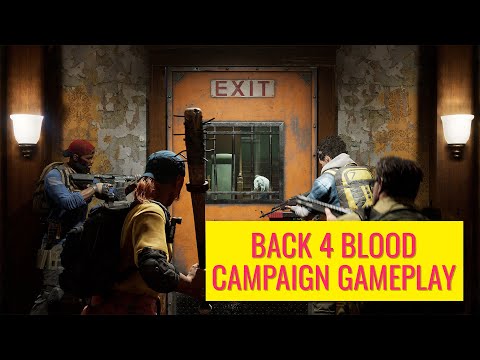
Environmental Manipulation: Creating Tension
The Director AI isn't just about spawning zombies; it's a master of environmental storytelling. It subtly manipulates the game world to amplify tension and create unique challenges. Take horde attacks, for instance. The Director doesn't just throw waves of zombies at you randomly. It carefully controls their density and timing, often increasing the frequency after periods of relative calm to lull you into a false sense of security.
The types of special infected spawned are also strategically chosen. A Tank in a narrow corridor? Prepare for a brutal brawl. A Charger in an open area? Someone's about to get punted across the map. And then there are the environmental changes. Remember the rooftop escape in "Swamp Fever"? Imagine that section with thick fog suddenly rolling in, reducing visibility to near zero. Or the oppressive darkness that descends in the swamp, making every rustle of leaves a potential threat. The Director can even dynamically barricade previously open routes, forcing you to find alternative paths and adding an element of surprise. These moments, crafted by the AI, elevated Left 4 Dead 2 beyond a simple zombie shooter.

One particularly memorable experience for me was playing "The Parish" campaign. We were funneled down a dark hallway, flashlights our only source of illumination. The Director ratcheted up the tension, dimming the lights and subtly increasing the volume of ambient sounds. The only thing we could hear was the distant moans of Infected, slowly getting closer. It was a masterclass in creating suspense, and it wouldn't have been possible without the Director's dynamic control over the environment.
Player Psychology: The Art of the Scare
Left 4 Dead 2's Director AI is also a psychological manipulator. It uses a range of tactics to tap into your primal fears and keep you on edge. Audio cues are a crucial part of this. The distant moans of zombies, the unsettling musical score, the sudden changes in ambient sounds – all these elements work together to create a sense of dread and anticipation. The Director knows when to crank up the volume of those sounds to truly mess with you.
Lighting effects are equally important. Flickering lights, sudden blackouts, shadows that dance and deceive – these visual tricks play on our natural tendency to perceive threats in the darkness. And then there's the unpredictable behavior of the Infected themselves. A zombie bursting through a window you thought was secure, a Smoker lurking in the shadows ready to ensnare an unsuspecting victim – these moments of surprise and vulnerability are what make Left 4 Dead 2 so terrifying. I vividly remember being ambushed by a Hunter in a dark cornfield. All I heard was the telltale sound of its pounce a split-second before it landed on me. That's the Director at its most devious, turning sound against you.
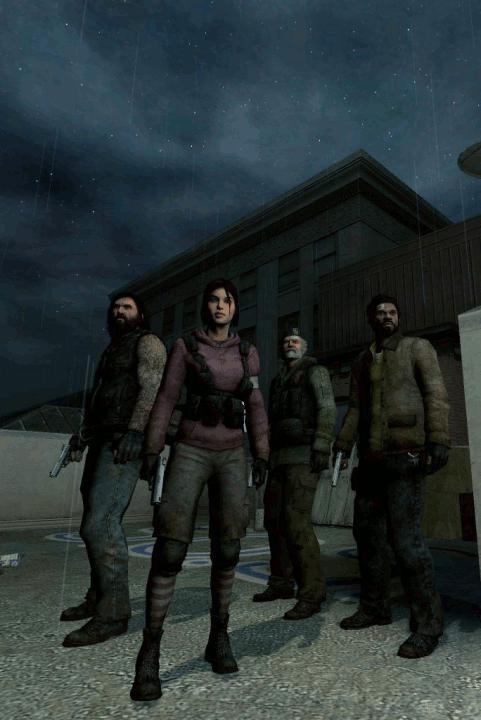
Replayability: A Different Game Every Time
The brilliance of the Director AI directly translates into unparalleled replayability. Because the gameplay experience is constantly shifting, no two playthroughs are ever the same. The location of supplies changes each time you play. The type and frequency of special infected vary wildly. The path through a level might be subtly altered by barricades and obstacles.
This is a stark contrast to games with more scripted or predictable gameplay. In a linear single-player shooter, you know exactly when and where enemies will appear. In Left 4 Dead 2, you're always on your toes, adapting to the ever-changing challenges presented by the Director. This dynamic nature is what keeps players coming back for more, even years after the game's release.
Modern AI Design: The Director's Legacy
As an AI system designer, the Director AI in Left 4 Dead 2 has profoundly influenced my approach to creating dynamic and unpredictable gameplay. It demonstrated the power of AI to create emergent narratives and personalized experiences.
The legacy of the Director can be seen in other games that have adopted similar AI systems. The Nemesis system in Middle-earth: Shadow of Mordor, for example, allows enemies to remember their encounters with the player and evolve their behavior accordingly. Resident Evil 4 features dynamic difficulty adjustment, scaling the challenge based on player performance.
Modern co-op titles like Back 4 Blood, clearly inspired by Left 4 Dead, implement their own versions of the Director, controlling enemy spawns and pacing to create intense and unpredictable moments. Other games like Deep Rock Galactic and GTFO also use AI to dynamically adjust the challenge and create unique gameplay scenarios.
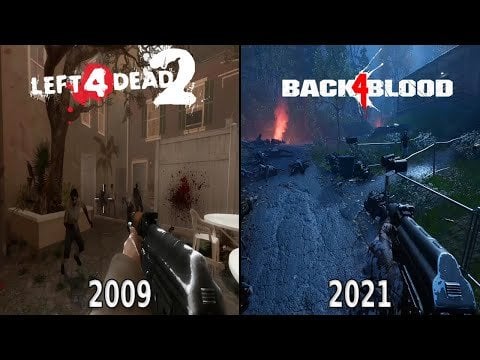
While modern games have surpassed Left 4 Dead 2 in terms of AI complexity and adaptability (partly thanks to advances in Machine Learning), Left 4 Dead 2 still holds an advantage in its elegant simplicity and seamless integration into the core gameplay loop. The Director's actions always feel natural and purposeful, never contrived or unfair.
Limitations and Evolution
Despite its brilliance, the Director AI in Left 4 Dead 2 isn't without its limitations. Occasionally, it can spawn too many special infected in a short period, creating frustrating "cheap shot" moments. It also sometimes struggles to adapt to certain player strategies, such as camping in a safe spot or exploiting AI pathing.
Since the game's release, AI design has evolved significantly. Machine learning is now being used to create more adaptive and unpredictable AI agents. In the future, we could see games using procedural generation to create completely unique level layouts, or AI to dynamically adjust the behavior of individual enemies. One common mistake of the Director is spawning a Tank in an area where it gets stuck easily, something modern AI could rectify.
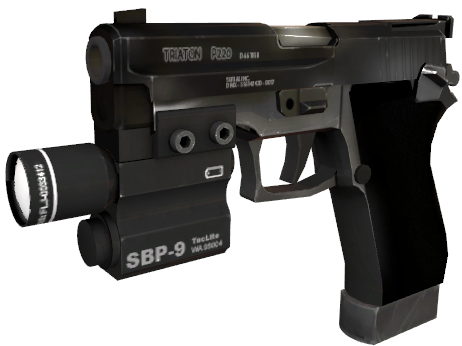
Conclusion
The Director AI in Left 4 Dead 2 was more than just a clever piece of code; it was a game-changer. It demonstrated the transformative power of AI in creating dynamic, engaging, and endlessly replayable gameplay experiences. It inspired me to pursue a career in AI design, and its influence continues to shape my work today.
If you've never experienced the magic of Left 4 Dead 2, I urge you to give it a try. Appreciate the innovative AI system that powers the game and consider how it revolutionized dynamic gameplay. To someone interested in game design, remember that AI can be a powerful tool for creating memorable and impactful experiences. Don't be afraid to experiment with AI-driven systems, embracing the rise of procedural content generation and AI-driven storytelling to create games that are truly unique. The unseen hand can be a powerful ally in crafting unforgettable moments for your players.

